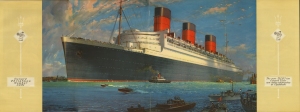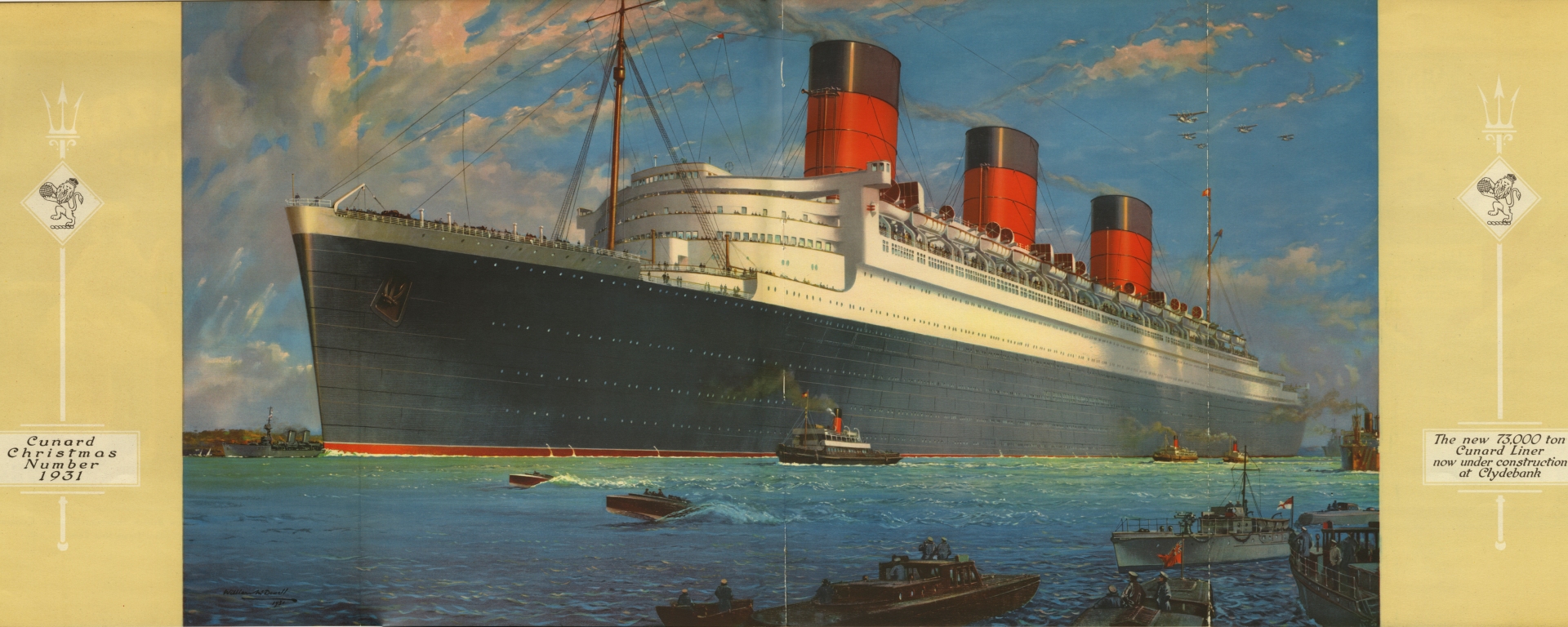
When Titanic went down in 1912 three members of the Institution of Mechanical Engineers went with it. Most famously, Thomas Andrews the ship’s designer (Member from 1902), by the time of the sinking he had become managing director of the design department. It was standard practise for a group of Harland and Wolff workers to travel on newly built ships’ maiden voyages to observe them in operation and advise on any necessary improvements, hence Andrews being on board.
Although some have criticised the design of the ship, particularly that the ‘watertight’ compartments which allowed water to spill from one to another, safety was a primary concern in the ship’s design. Titanic incorporated several new safety features, including an additional inner hull, and the ultimately unsuccessful watertight compartments. Their failure being down to the way the ship was cut into by the iceberg. Andrews also designed the ship to accommodate 64 lifeboats, which would have accommodated the full capacity of the ship; only 20 were fitted by White Star Line, although this was still in excess of the legal requirements.
A 1996 investigation into the sinking by Gibbs and Cox, a naval architecture and marine engineering firm, concluded that once the damage was sustained and 39,000 tonnes of water had entered, ‘no modern ship, not even a welded one, could have withstood the forces that the Titanic experienced during her breakup’. Andrews did what he could but on realising that the sinking was inevitable is said by eyewitnesses to have spent his remaining time encouraging passengers to board the lifeboats. He went down with the ship,and his behaviour was later described by survivors as ‘heroic unto death’. A full obituary appeared in the Proceedings of the IMechE.
Norman Harrison (Associate Member of the Institution from 1911) worked at Ismay, Imrie and Company, the owners of the White Star Line which operated Titanic. In January 1912 he was transferred from RMS Adriatic to serve on the Titanic. He was aboard this ship serving as Assistant Second Engineer when it went down. Harrison, along with all of the 25 engineers on-board, lost his life.
William Edward Hipkins (Member from 1898) was manager of James Watt&Company’s Soho Foundry in Birmingham and managing director of W&T Avery weighing machinists and engineers (Watt was also a Member). He was travelling to America on business aboard the Titanic when he was lost with the ship.
In the aftermath of the sinking demands for increased safety on-board and in construction meant the next generation of mechanical engineers had to find solutions to weakness highlighted by the enquiry into the tragedy for new liners such as White Star’s Queen Mary.

